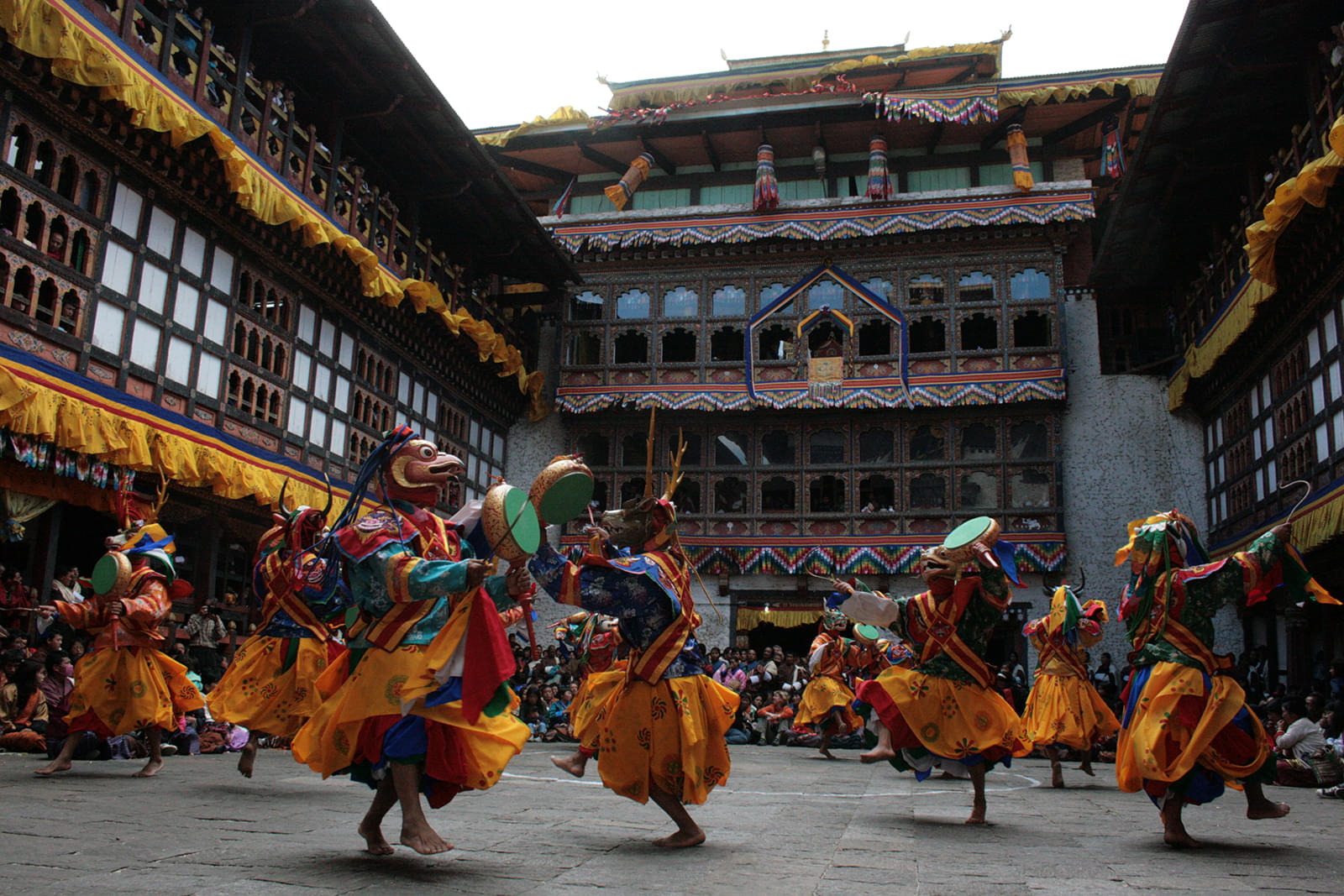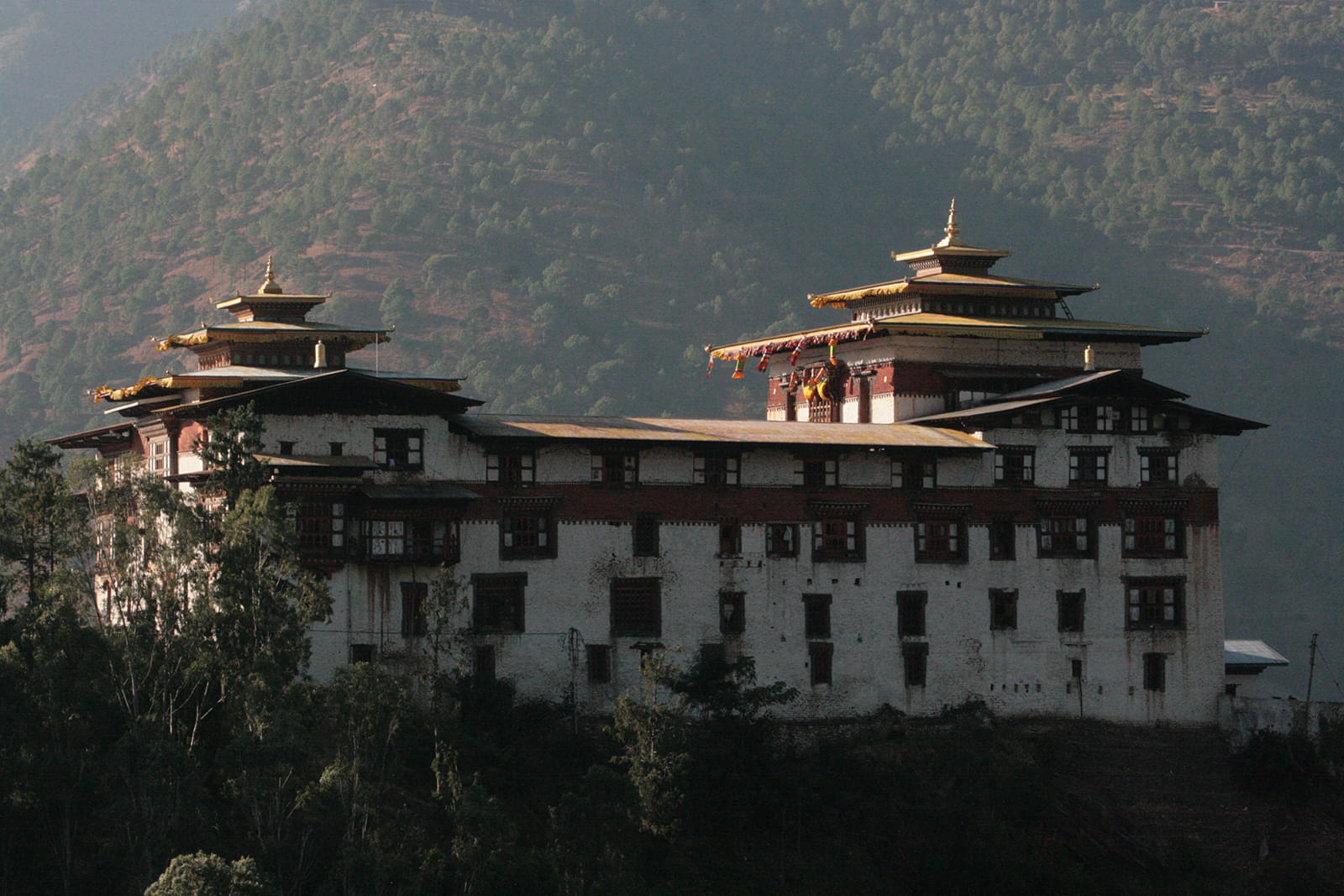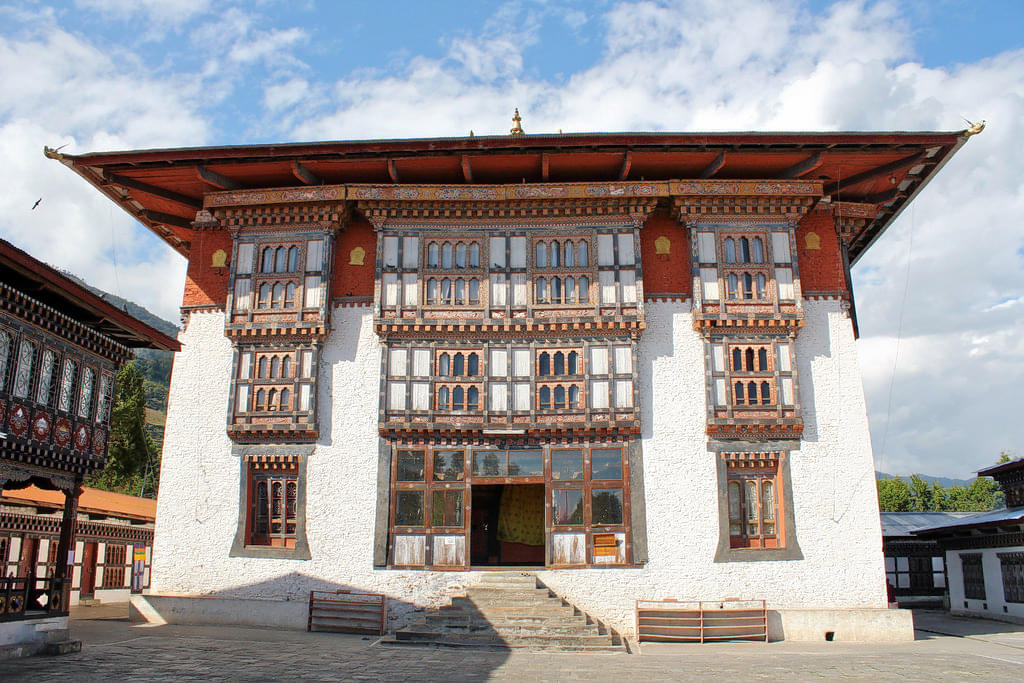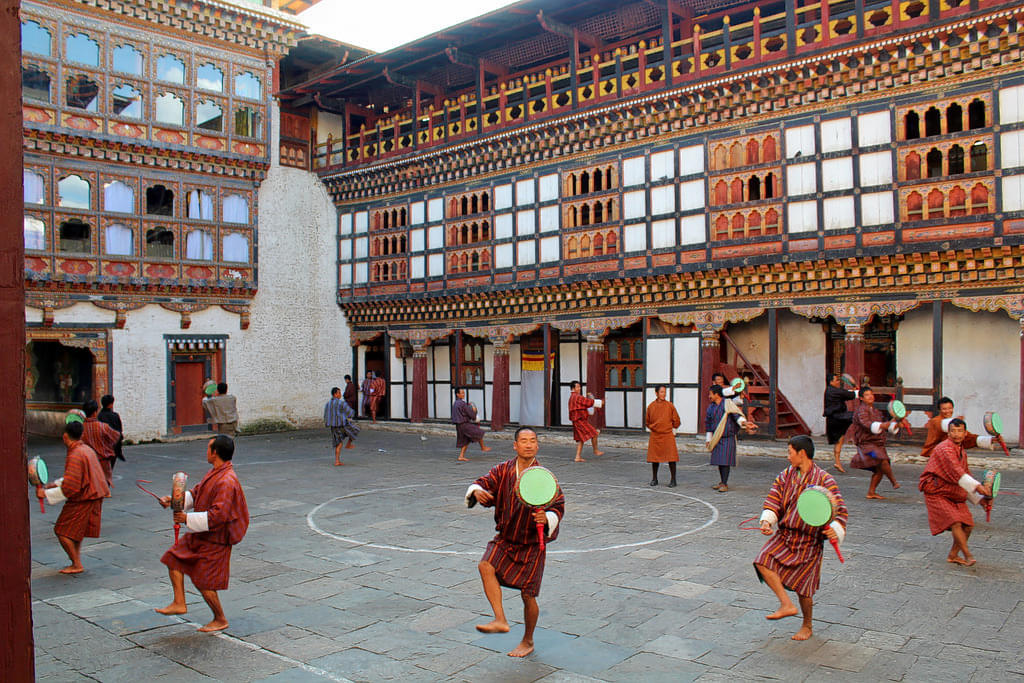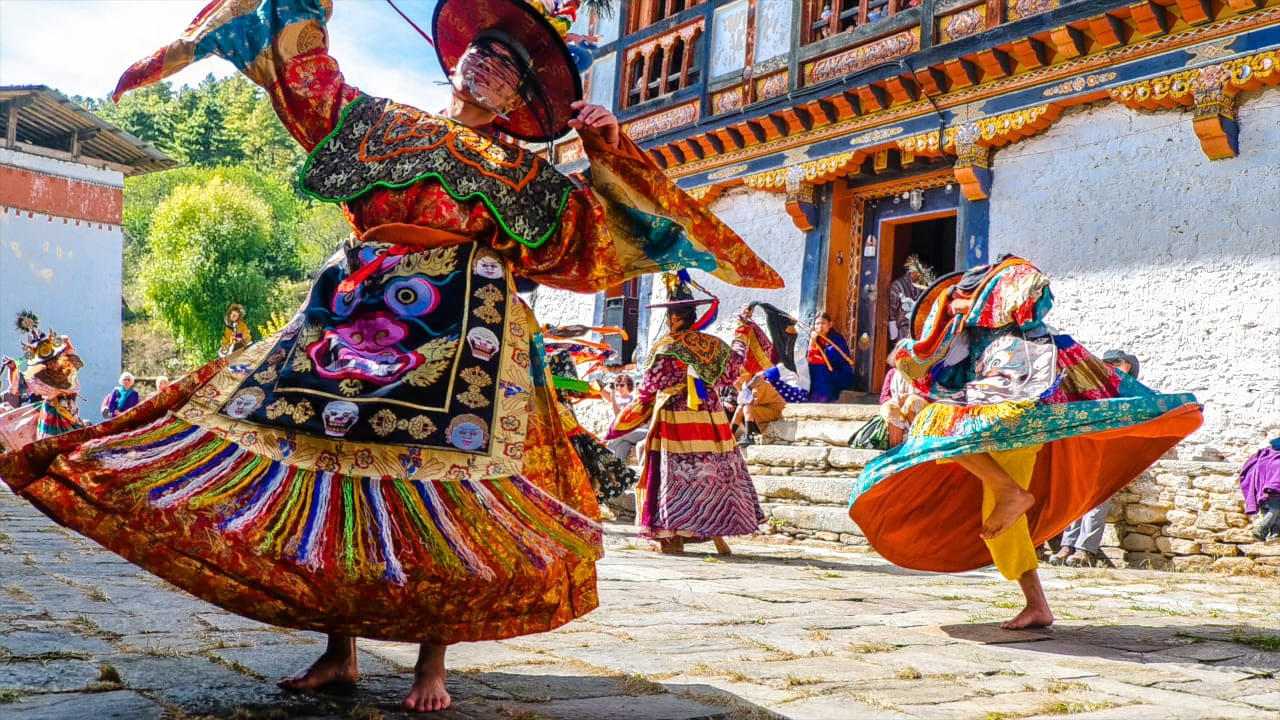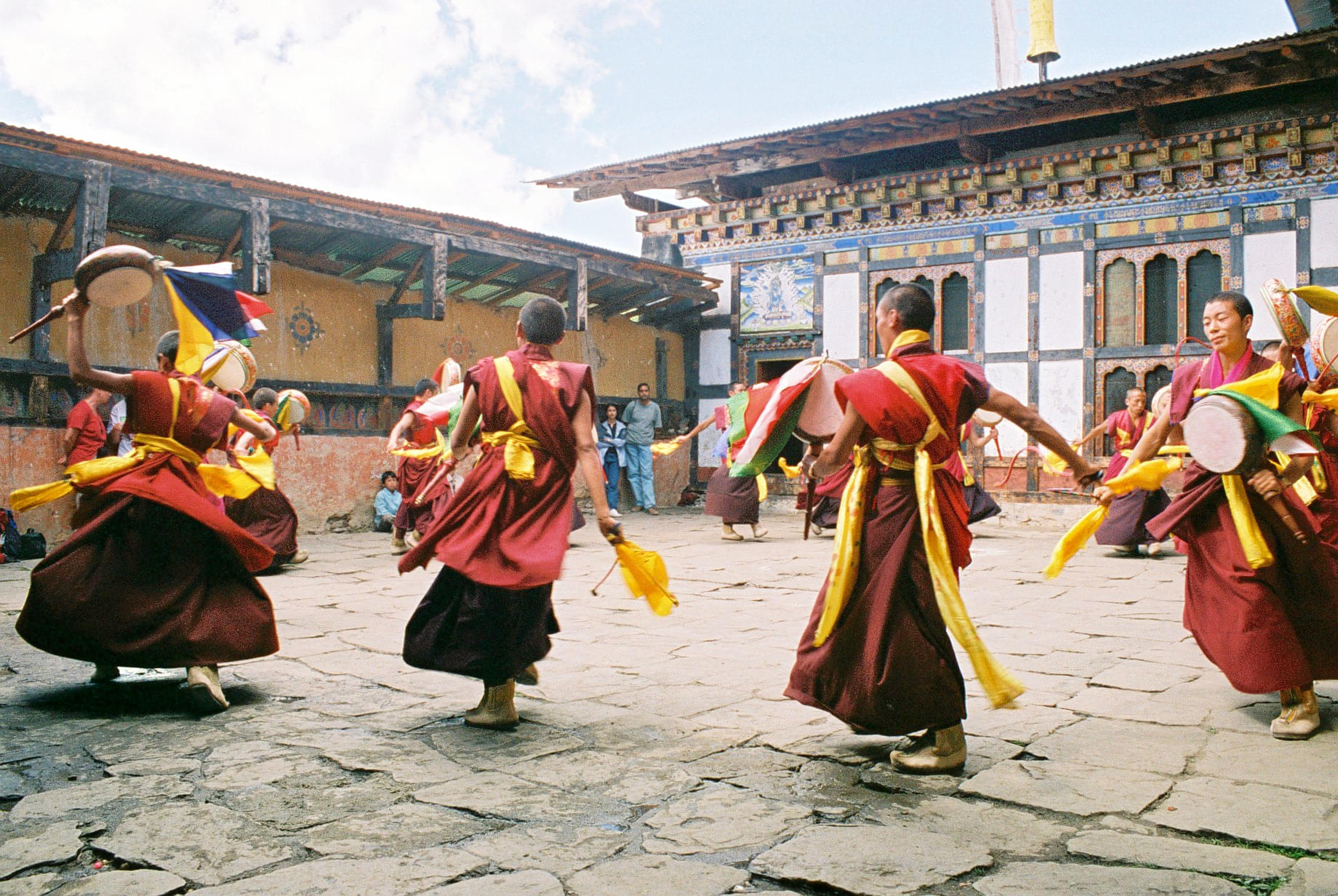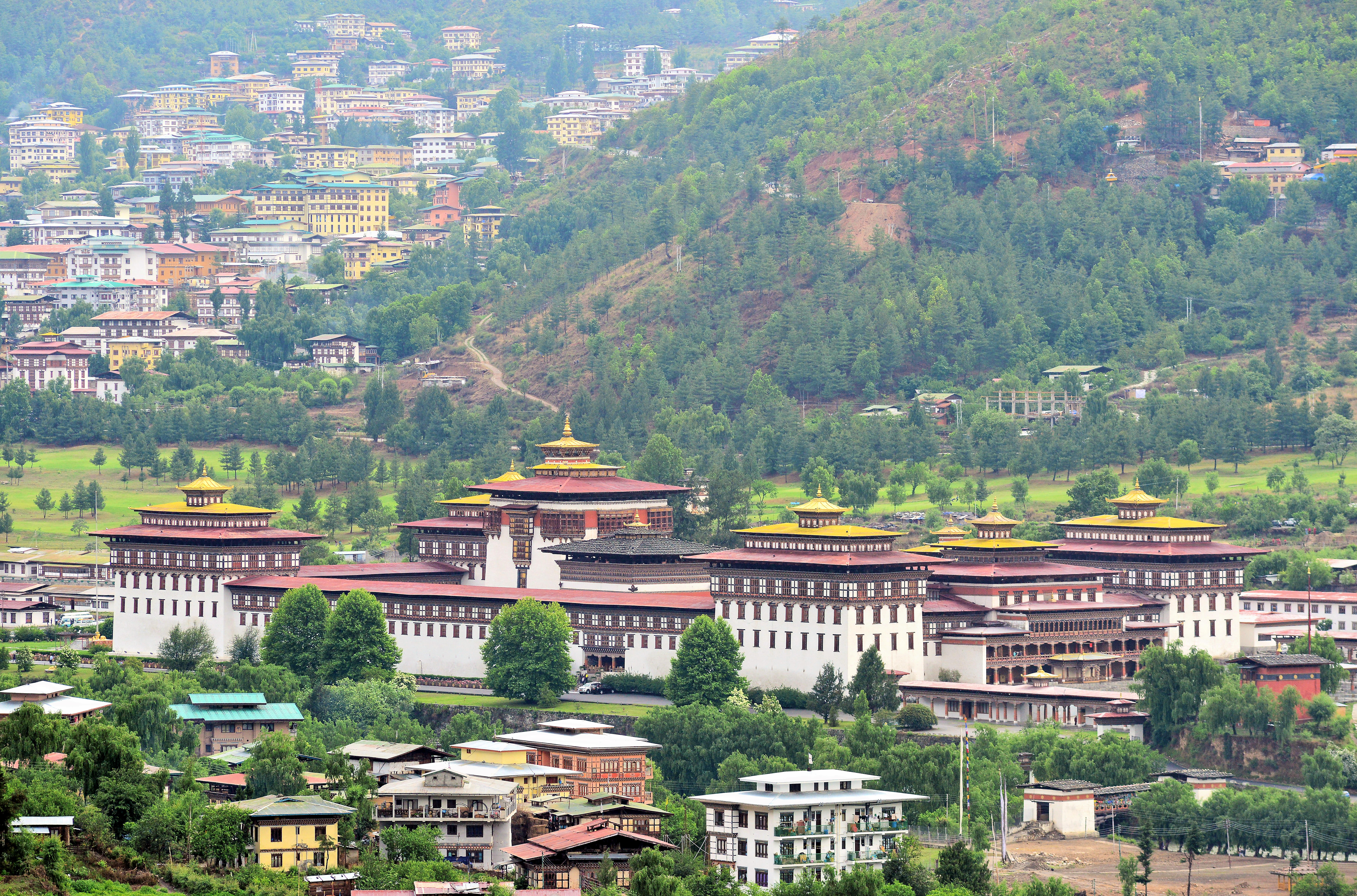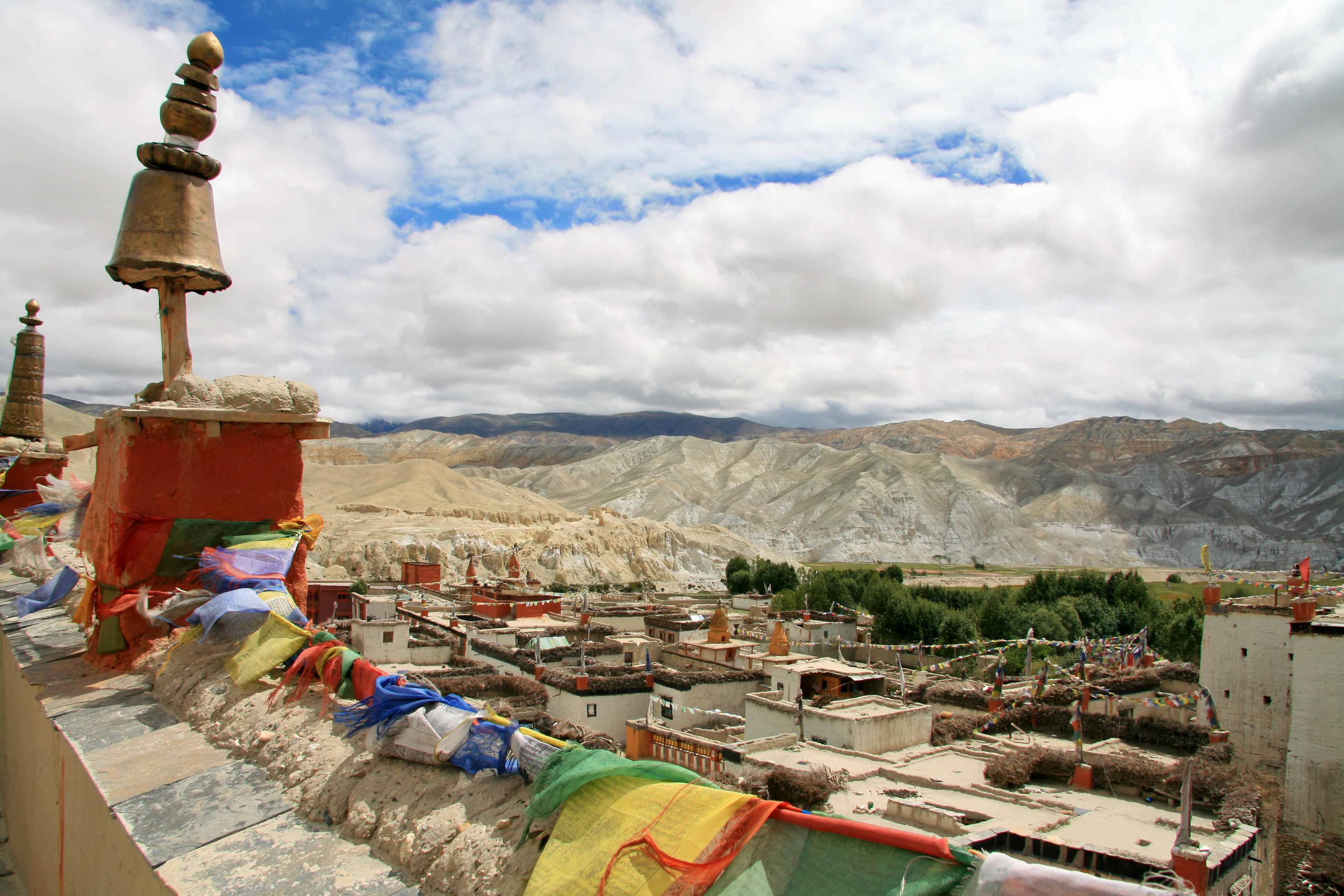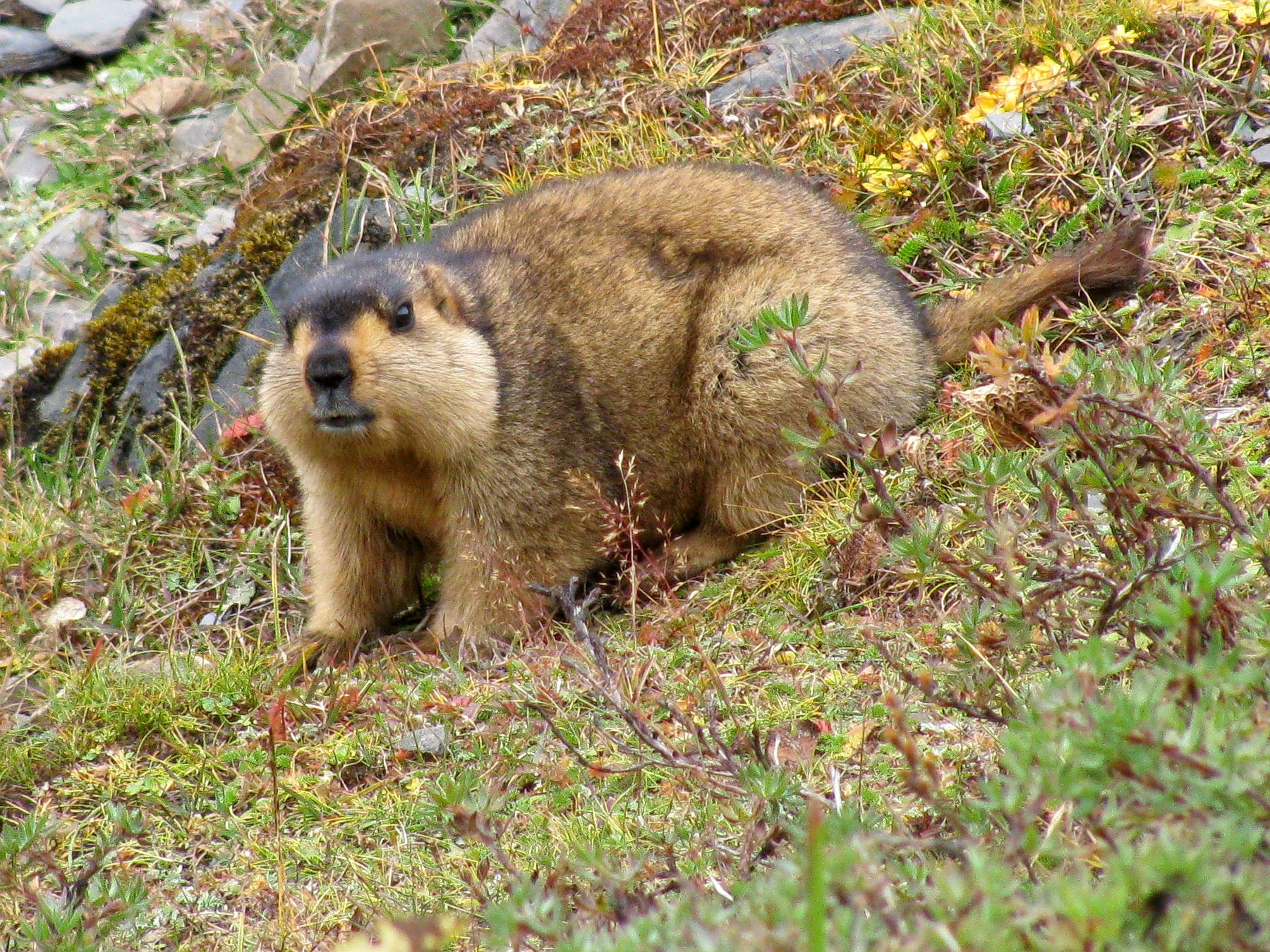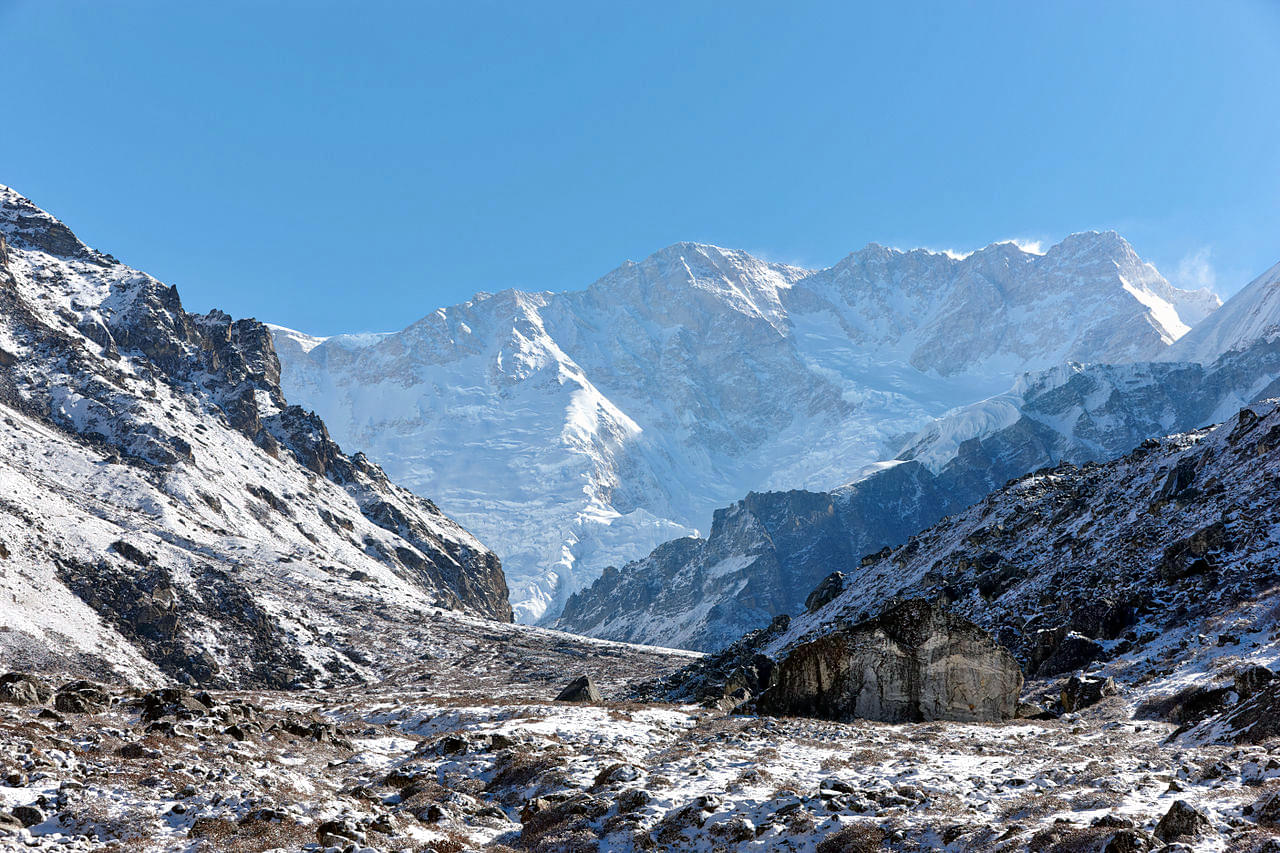Things to Do in Trashigang
Visit Trashigang which is also known as the 'Jewel of the East' and soak in the beauty of this picturesque hill station in Eastern Bhutan. Delight in the stunning landscapes of this key trade centre on the route between Assam and Tibet.
Take a tour of the famous Trashigang Dzong, a fortress originally constructed to defend against Tibetan invasions and remains a key landmark. From here you can head to the nearby Radhi village or explore the town’s old bazaar around the prayer wheel. One of the best things to do in Trashigang is to visit the Sakteng Wildlife Sanctuary which is renowned for its Black-rumped Magpie and Migoi, a legendary Yeti-like creature.
Be charmed by the pristine stupa of Chorten Kora and the famous annual festival that is celebrated here. Enjoy the lively event featuring traditional mask dances and religious ceremonies. Head to the Merak Valley for a tryst with nature and interactions with nomadic people and their ancient lifestyles.
Here are the top things to do in Trashigang
Trashigang is full of exciting activities and attractions; here we discuss some of the best things to do in this vibrant state.
1. Explore Trashigang Dzong Fortress
Enjoy one of the most serene things to do in Trashigang by visiting the Trashigang Dzong Fortress, known as ‘The Fortress of the Auspicious Hill.’ Dig deep into the history of this monastery built in 1659 to protect the region from Tibetan invasions. From its strategic position on a steep cliff and surrounded by the Gamri Chhu and Drangme Chhu rivers, you will learn why it has been a key political centre in Eastern Bhutan for over 300 years.
2. Visit Chorten Kora
Spend time at this key attraction Chorten Kora located near the Kulong River in Trashiyangtse for a peaceful experience. Learn about the history of this stupa that was built in the late 18th century by a descendant of Shabdrung Ngawang and took almost twelve years to complete. You will see that in Bhutanese culture, stupas are very sacred and are believed to protect against evil forces. If you are here in March or April, be a part of the lively festival with prayers by monks and devotees.
3. Discover Merak Valley
Explore the tranquil Merak Valley, also known as the ‘land of broken people’, and considered one of the nicest things to do in Trashigang. Travel up to a height of around 3000m above sea level to reach this hilly area. You can see the homes of the nomadic people here whose lifestyle has remained unchanged for hundreds of years. Soak in the beautiful plains and lush vegetation that surrounds the valley. You will get a deep insight into the simple, traditional way of life of its inhabitants when you visit the Merak Valley.
4. Drive along Samdrup Jongkhar Highway
If you are looking for an exciting road trip set out on this 180 km journey from Trashigang to Samdrup Jongkhar. This winding road takes around 5-6 hours and offers one of the most thrilling experiences. You will cross another valley over Yongphula and witness stunning scenery, diverse flora, and fauna along the way. Once you reach Samdrup Jongkhar, you will find it a bustling commercial hub at an altitude of 233 meters. The town offers a charming atmosphere, clean roads, and friendly locals.
5. Explore Trashiyangtse
Enter the Trashiyangtse area and notice the delightful sight of colourful flags fluttering on the hills. Exploring Trashiyangtse is one of the most popular things to do in Trashigang as the road is adventurous and windy with enchanting views. Tour through this province that spans almost 1,437 sq. km and is rich in natural, historical, and cultural resources. Interact with the locals who are skilled in woodworking and papermaking, producing prized items. You can visit some important protected areas here like the Kulong Chhu Wildlife Sanctuary and Bumdeling Wildlife Sanctuary.
6. Visit Gom Kora
Embark on a peaceful tour of this beautiful ancient temple known for its strong cultural heritage. You will learn about its legend which states that this is where Guru Rinpoche, an 8th-century Buddhist master, meditated to drive away demons. Get mesmerized by the lush vegetation of banana trees and rice fields, surrounding this temple Situated 21 km north of Trashigang, Gom Kora is also a gateway to Trashiyangtse. The temple hosts the famous Gom Kora Tsechu festival, drawing many visitors from Bhutan and India.
7. Discover Rangjung
Opt for one of the top things to do in Trashigang by visiting this small town in Radhi Gewog. Feel welcomed by its warm and friendly people as you reach the quaint town built on hills with beautiful scenic views. You will witness multiple Buddhist monasteries making Rangjung a prominent cultural and religious town. One of the most popular monasteries here that you should visit is the Rangjung Woesel Choeling Monastery, founded by Dungse Garab Dorje Rinpoche in 1989.
8. Visit Khardung Anim Dratshang
Get captivated by the famous monastery built by Dungse Garab Rinpoche as a branch of the Rangjung Woesel Choeling Monastery. When you visit Radhi village, you may head to this beautiful monastery where young and old women engage in religious activities for the well-being of all beings. If you want to learn more about their lifestyle, you can stay overnight at a simple guesthouse next to the monastery. You can observe their daily activities, join in morning and evening prayers, and enrich your knowledge of Buddhism.
9. Explore Rangshikhar Lhakhang
Witness one of the largest temples in Bhutan located just 10 km north of Trashigang town. You can reach this serene temple by trekking, taking a short drive, or hiking from Trashigang. You will find that many locals visit here to seek blessings from Rinpoche. Enjoy stunning views and a peaceful atmosphere from the temple, situated above Rangshikhar village. You can also enjoy a local homestay at Rangshikhar Ngagtshang nearby and even sit inside the temple and meditate for a while.
10. Discover Khaling National Handloom
Take a trip along the Trashigang – Samdrup Jongkhar highway and stop by the famous Khaling National Handloom. Visiting this handloom allows you to learn about and experience the weaving culture of eastern Bhutan. You can see the natural colouring and dyeing used for Bhutanese textiles. It is a great place to visit if you wish to shop for authentic Bhutanese textiles made with traditional techniques. You will find various patterns like plain weaves, Martha, Sertha, Thara, and Kamtham Jardrima.
One of the largest Nyingma monastery in Bhutan, Drametse Goemba is a place of religious significance. The Drametse literally translates into ‘a peak without enemy’. It was founded in 1511 Ani Choten Zangmo.
Trashigang Tshechu is one of the prominent festivals which gets held in Trashigang Dzongkhag which is the largest district of Bhutan. The Trashigang Dzong was based on one of the maximum elevated ridges which overlook Dangmechu and Gamrichu. Though all the villages have their own distinctive annual festivals but it is the Tshechu held in Trashigang Dzong which is more attractive. This is a 3 day affair and usually the festival is attended by people from all kinds of communities from various corners of Bhutan.
The Merak Tshechu is celebrated at Merak Lhakhang for a continuous three days and it provides a much needed break to the Brokpas from the monotonous life of cattle herding. Traditional dances and music are performed by the locals here to celebrate the occasion. Famous dance performance AcheLhamo is also performed during this festival. It is a unique spectacle and many visitors from other communities and travelers visit the festival to enjoy the beauty of the festival.
Highlights: Yak Dance performance
Festival time: In the month of November
Apart from being a festival where the natives come together in religious influence for worshipping, it also serves as a occasion for social gathering and merry making. The festival is quite colourful where every person remains adorned in traditional clothes and celebrates with Ara, the local wine. Music and folk dances are essential part of festivity.
Highlights: Yak dance and Ache Lhamo.
Festival time: In the month of June
The trekker can experience the semi nomadic life and rich traditions and culture navigating through the nomadic villages. Follow the trail along the river bank, enjoy the spectacular view of mountains, with flourishing rhododendron trees, rest in one of the idyllic villages and enjoy the hospitality of the villagers.
Location: This unique trek begins at Chaling and takes you to Damnongchu, Merak, Miksa Teng, Sakteng, and Jyonkhar Teng and Terminates at Phongmey.
Best Time: The best time to take this journey is between March to June and September to November.
Approx Price: The approximate price per person for the 7 day trek is 350,000 BTN.
Difficulty Level: Moderate.
The festival comprises of many local tradition and customs. According to a popular song played here by the locals one should go round the cave today or may be tomorrow would be too late. It is a symbol of the victory of good over evil. The place seems too come alive during the festive days and the blessing at this time is considered extremely pious and that is why thousands of devotees travel during that time.
Highlights: Sight of Meditation cave
Festival time: In the month of March
It can be one of the most interesting tourist attractions in Bhutan because this Sakteng Sanctuary was apparently established to shelter the infamous snow mountain men ‘Yeti’ or ‘Migoi’. Albeit the character has not yet been witnessed by the tourists, the villagers claim to have seen their footprints at night. The landscape is shadowed by broad stretch of rhododendrons trees. Including a visit to Sakteng Sanctuary in Bhutan travel packages offers travelers a chance to explore the mystique of this unique wilderness area and perhaps catch a glimpse of the legendary Yeti.
The park looks spectacular during the spring season when the landscape is adorned with colourful blooms of Blue Poppy, rhododendrons, gentia etc. Satkeng wildlife sanctuary preserves the most isolated semi nomadic tribe, Brokpas who are not very friendly with tourists.
Highlights: Capture with your camera snow leopards, red fox, barking deer, Hoary Bellied Himalayan Squirrels during your traverse in the forest; bird watching is allowed and you shall get to see blood pheasants, grey headed woodpecker, dark breasted rose finch, grey backed shrike during your jaunt.
Location: Trashigang.
Best seasons: March to September
If you have a knack for trekking then you might tour to Bhutan. The whole of Bhutan is a soulful place, and visually pleasing. The salt trek route is a very popular trekking expedition in the kingdom. Including this trek in Bhutan tour packages offers travelers a chance to explore the stunning landscapes and immerse themselves in the serene wilderness of Bhutan.
Years back when Trashigang to Samdrup Jongkhar national highway was not laid, the villagers use to travel via this route to gather salt and silk from the Samdrup Jongkar town border.The voyage used to take 8 days and thus the trek expedition originated. The journey takes you to through spectacular landscapes of broadleaved forests and alpine pathways.
Highlights: Low altitude trek amidst mountain valleys, cute villages and breathtaking fields and meadows. Overnight camping under the Bhutanese air is just what you need to activate your inner soul.
Difficulty level: Above moderate (highest altitude – 1442 M); steep ascents and descents included
Location: Cheya (Bhutan)
Best Season: Late summer (June to September)
Our Partners
Trashigang Things To Do FAQs
What is the best month to visit Bhutan?
The best month to visit Bhutan is from October to December. During this time, the air is clear and fresh with sunny skies. The temperatures are colder during this time and the climate remains dry and pleasant. The famous rhododendrons bloom spectacularly, flooding the valleys with colour.
Is Trashigang worth it?
Yes, Trashigang is definitely worth visiting. It offers rich cultural heritage, stunning natural scenery, and unique outdoor adventures. As a hidden gem in Eastern Bhutan, it offers an authentic experience of local traditions and landscapes, making it a great destination if you are seeking an off-the-beaten-path adventure.
Do Indians need a visa for Bhutan?
No, Indian passport holders do not need a visa to travel to Bhutan. As Bhutan shares a border with India and maintains friendly relations, Indian citizens can visit without a visa, unlike citizens from some other countries.
Is Bhutan expensive for Indians?
No, Bhutan offers a unique and enriching experience at a reasonable cost for Indians. While some luxury options are available, the overall expense can be quite manageable, especially with thoughtful planning. There are several ways you can plan a budget-friendly trip to Bhutan. You can opt for guesthouses or homestays to save on accommodation costs. Travelling in a group can help share expenses and secure better deals. Enjoy local food for a budget-friendly dining experience. Lastly, be mindful of extra charges and prioritize key attractions to make the most of your trip.
What is the currency of Bhutan?
The currency of Bhutan is the Ngultrum (BTN). As of now, 1 BTN is approximately 0.75 INR (Indian Rupees). The Indian Rupee is also widely accepted in Bhutan, making it convenient for Indian travellers.
How many days is enough for Bhutan?
7 to 12 days are enough for a Bhutan trip. You can explore major attractions like Thimphu, Paro, and Tiger's Nest Monastery. This duration allows for a good immersion into Bhutanese culture. If you want to do more treks or activities, you might need some additional days.



